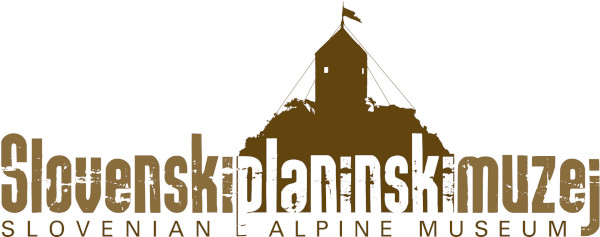Choosing the Destination and Route
Choose the route that suits your abilities!
Along the edge of Veliki Triglav (“Greater” Triglav), where the trail is dangerous, priest Jakob Aljaž had 130-metre-long zinc-coated steel wire ropes attached to 36 iron poles, which were cemented into the holes drilled in the hard rock. Relentless is this model man in working for the praise of his homeland, so glory unto him! (Planinski vestnik, 1895)
When preparing for a trip to the mountains and choosing the destination and the route to take, we should always consider our skills and experience, level of fitness, and stamina. It is recommendable to make the first couple of tours in the company of more experienced mountaineers or join a mountaineering trip organized by an Alpine Club. A few easy walks should precede more demanding climbing attempts. Use mountaineers’ guides and maps to gather information on the route or ask someone who has recently taken it. Check the weather forecast for several days ahead. For the ascent, choose a route that suits your abilities, and an easy one for the way down. Keep to maintained and waymarked paths, which can be found in all regions of Slovenia though their number and density is highest in the Alpine part of the country. The paths are carefully laid-out, well-kept and clearly waymarked. In terms of technical difficulty, routes are classified into easy routes, requiring no use of hands, demanding routes, where use of hands is required in exposed sections, and very demanding routes, where you will certainly be required to use your hands. Demanding and very demanding routes are equipped with safety aids, e.g. pitons, wire ropes, and holds. All trails are marked with red signposts with white lettering and with the Knafelc’ marking – a white circle with a red surround. A particular feature of Slovenia’s mountain trails is a system of connected routes called transverzale.
The first trails were cut by local people who walked the mountains for reasons of grazing, hunting, charcoal making, and mining, but the waymarking and protection of mountain paths only started when the mountains were discovered by explorers. The first waymarks were cairns, manmade piles of stones, often in a conical form. Up until the end of World War I, Slovenian paths were blazed with straight lines of red, green, yellow, and blue, but since then the Knafelc’ marking is the only waymark used.
















